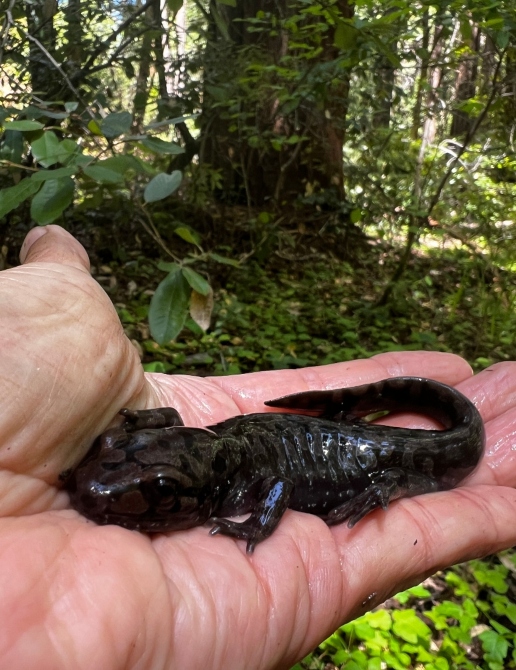MENDOCINO COUNTY
Herp habitat in Mendocino County.
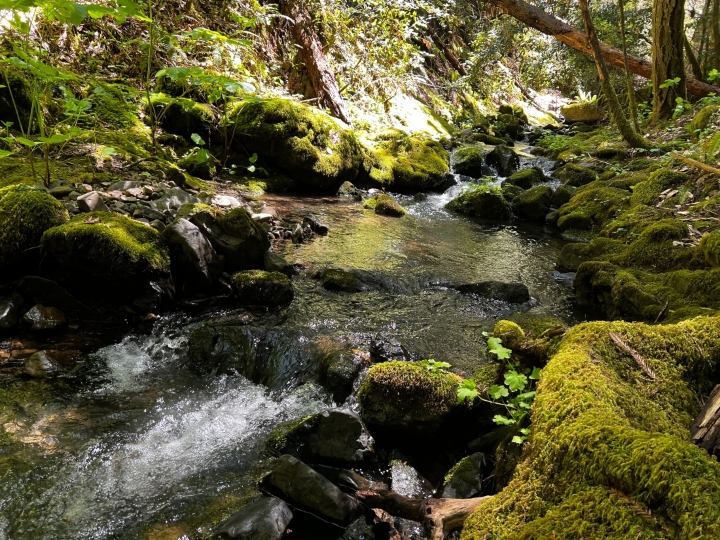
A young Foothill Yellow-legged Frog. Once thriving across their range, these frogs have disappeared from more than half their historical localities due to a variety of threats, including dams, timber harvesting, mining, livestock grazing, roads and urbanization, climate change, pollution, invasive species and disease.
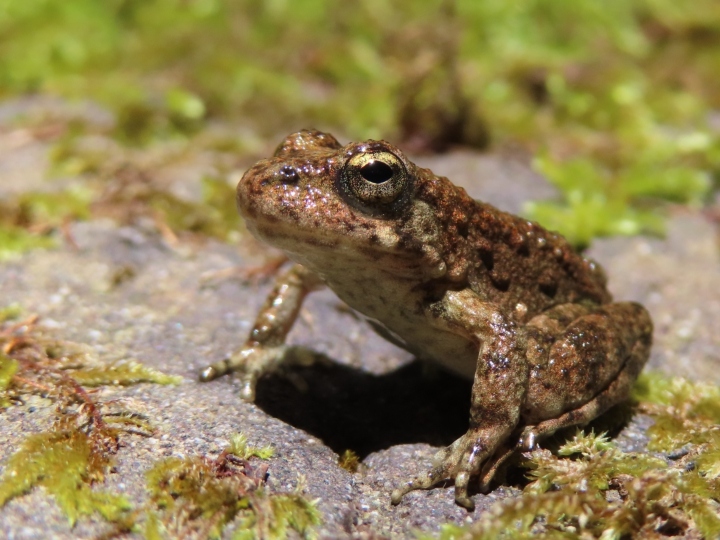
The Foothill Yellow-legged Frog is one of the most poorly-known frog species, as no detailed study of its life history has ever been undertaken.

Yellow-cheeked Chipmunk - This animal is secretive in its habits and rarely seen, but it can often be heard emitting its characteristic shrill double-syllable “chuck-chuck” call.
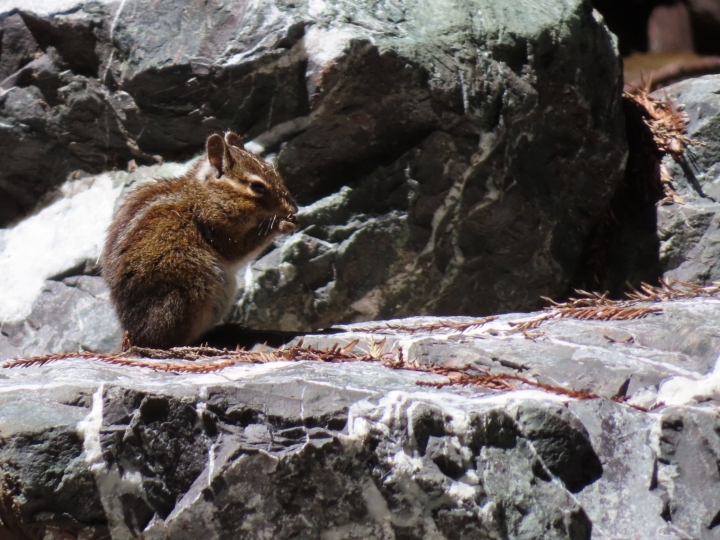
Coast Range Fence Lizard - This lizard is conspicuous and common. It’s usually found on or near the ground, in rock and wood piles, tree trunks, and the lower branches of shrubs. And of course, basking on wooden fences.
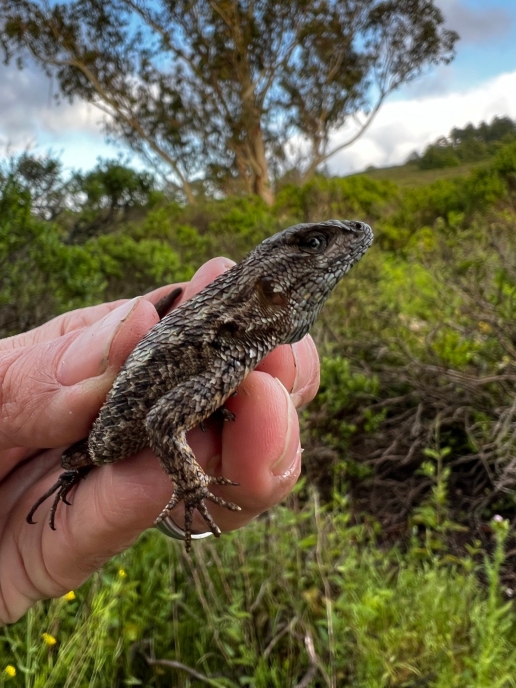
Oregon Ensatinas live in humid forests, woodlands and other areas with woody debris. They hide under logs, bark piles at the base of snags, stumps and even woodpiles in residential areas for cover from weather and protection from predators.
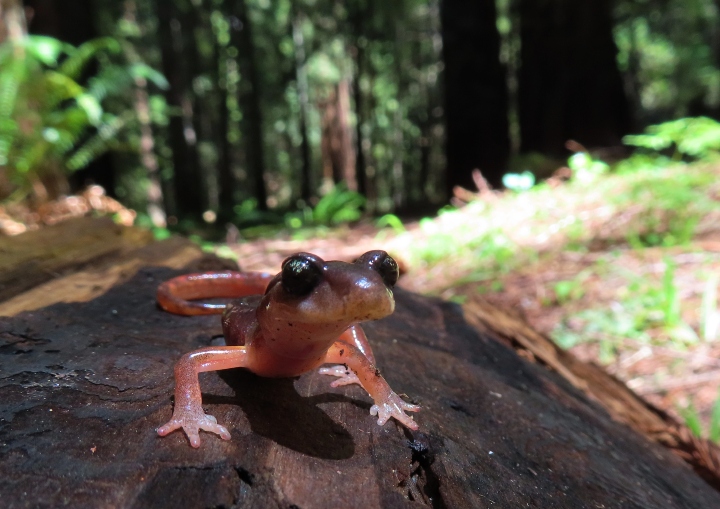
Northwest Forest Scorpion - Although scorpions are usually associated with deserts, they actually occupy a range of habitats from coastal beaches to mountains to tropical rainforests.
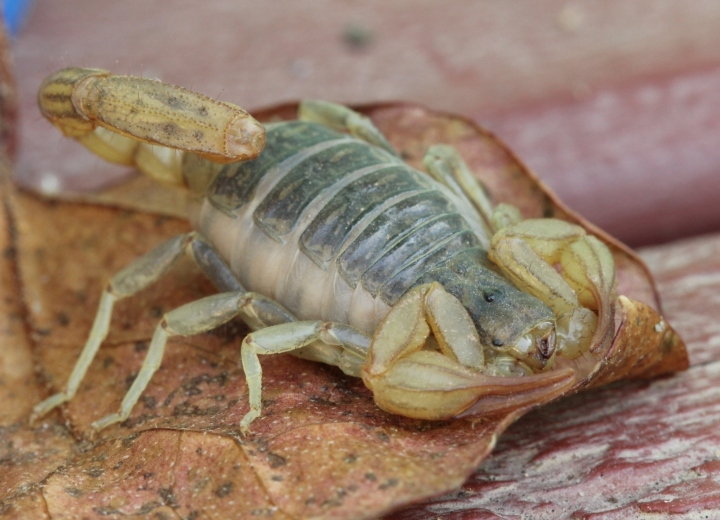
The Arboreal Salamander is mostly nocturnal and eats insects such as crickets and termites (as well as other invertebrates) found underneath leaf litter at night. These are lungless salamanders that breathe through their skin, so they are restricted to areas with plenty of moisture.
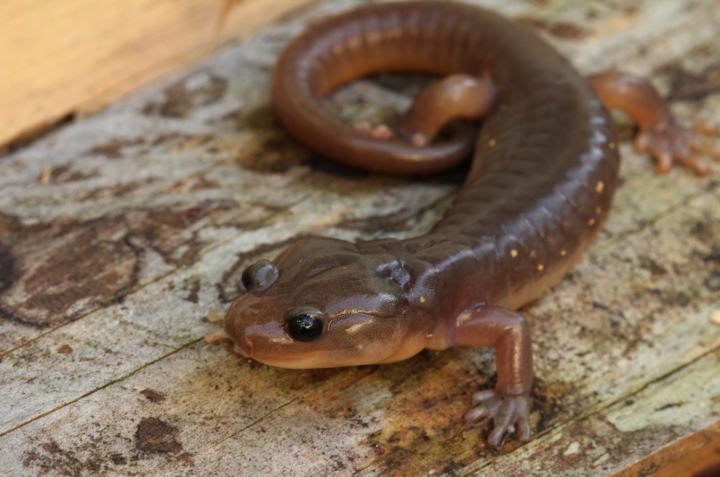
The Pacific Giant Salamander is one of the world’s largest land-dwelling salamanders, it reaches up to 13 inches in total length.
